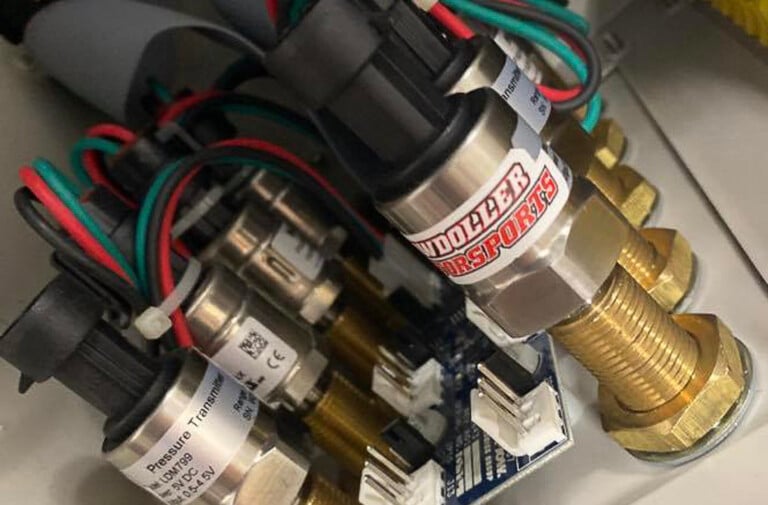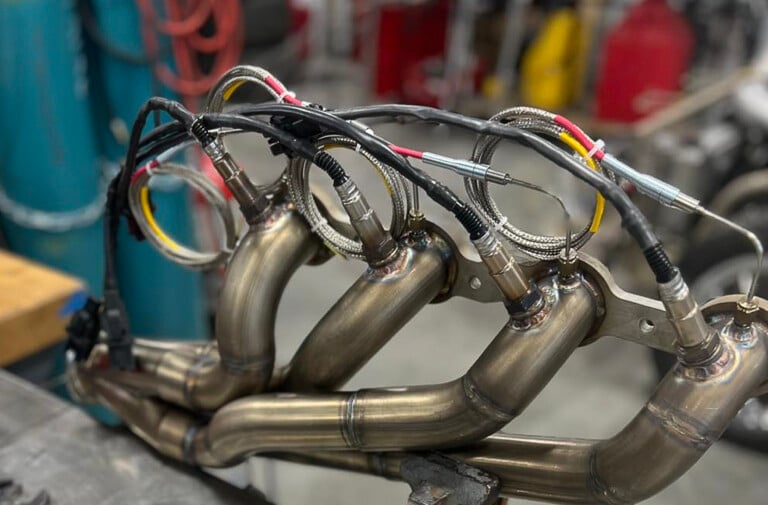Electronic Fuel Injection (EFI) has become a common way of feeding an engine fuel in many high-performance builds. Enthusiasts use everything from the OEM-style EFI systems to high-end aftermarket setups for high-horsepower builds. All of these systems need sensors to function, and if you’re thinking of moving to EFI, we’re going to cover what you need to look for when it comes to those sensors.
In simple terms, EFI sensors are tasked with measuring something and relaying that information back to the Engine Control Unit (ECU). The ECU will then take that information, do some math, and tell the engine what it needs to run and not blow up. That means you need the right sensors in the right places to get the most accurate information to the ECU so everything runs smoothly.
It can be easy to get confused when it comes to the sensors you’ll need for an EFI system of any kind.
The Basics Of Sensors
Your average EFI system is fairly complex, and different systems will use different sensors. An OEM EFI system is going to have a lot more sensors since it has to account for emissions and other electronic systems. For this article, we’re going to look more at the basics you’ll need for an aftermarket setup that won’t use emissions or the other electronic systems a modern vehicle might use.
At a bare minimum, an EFI system will need a Manifold Absolute Pressure (MAP), or Mass Air Flow (MAF) sensor, a Throttle Position Sensor (TPS), oil pressure, fuel pressure sensors, intake air temperature, and coolant temperature sensors, as well as at least one oxygen sensor, preferably a wideband. This list might change slightly based on the engine, ECU, software, and other factors. You can always add more sensors based on your application, or if you want to have even more data to look at and help tune your EFI engine.
At a minimum you’ll need a MAP sensor along with various temperature and pressure sensors for your EFI system to function.
Before you go out and start buying sensors, you need to make sure you look at the fittings they are going into. Not every type of sensor uses the same type of fittings. Andrew DiMartino from Haltech explains why this is an important detail.
“OEM sensors and aftermarket sensors are going to have different thread pitches. Make sure that if you need to have an adapter it will actually work. Some of these adapters, like the one you’d use for a standard AN adaptor might not be deep enough for the sensor. That could lead to…
Click Here to Read the Full Original Article at DragzineDragzine…


